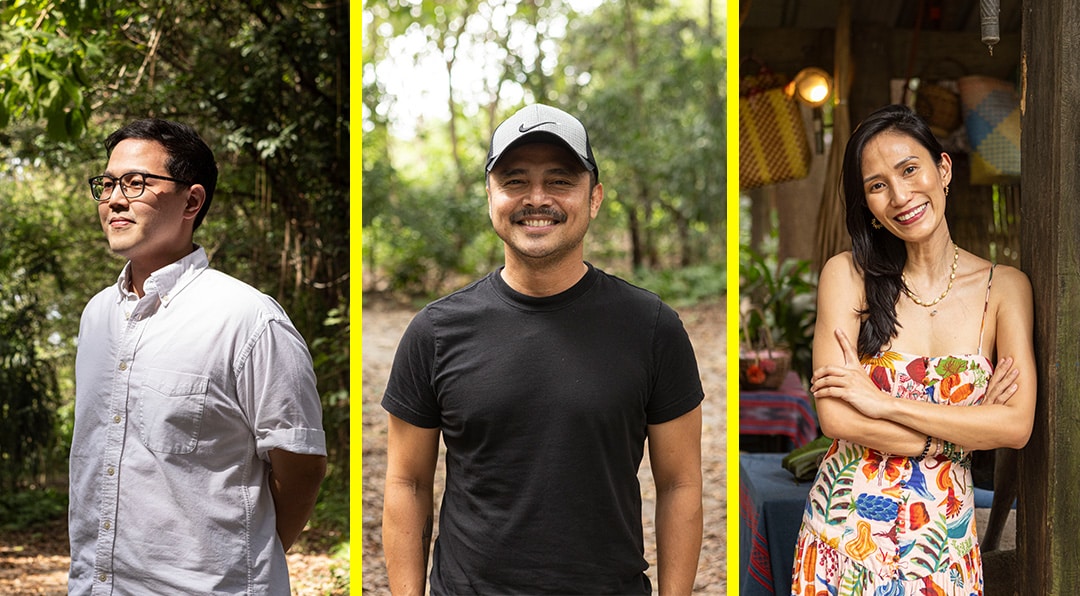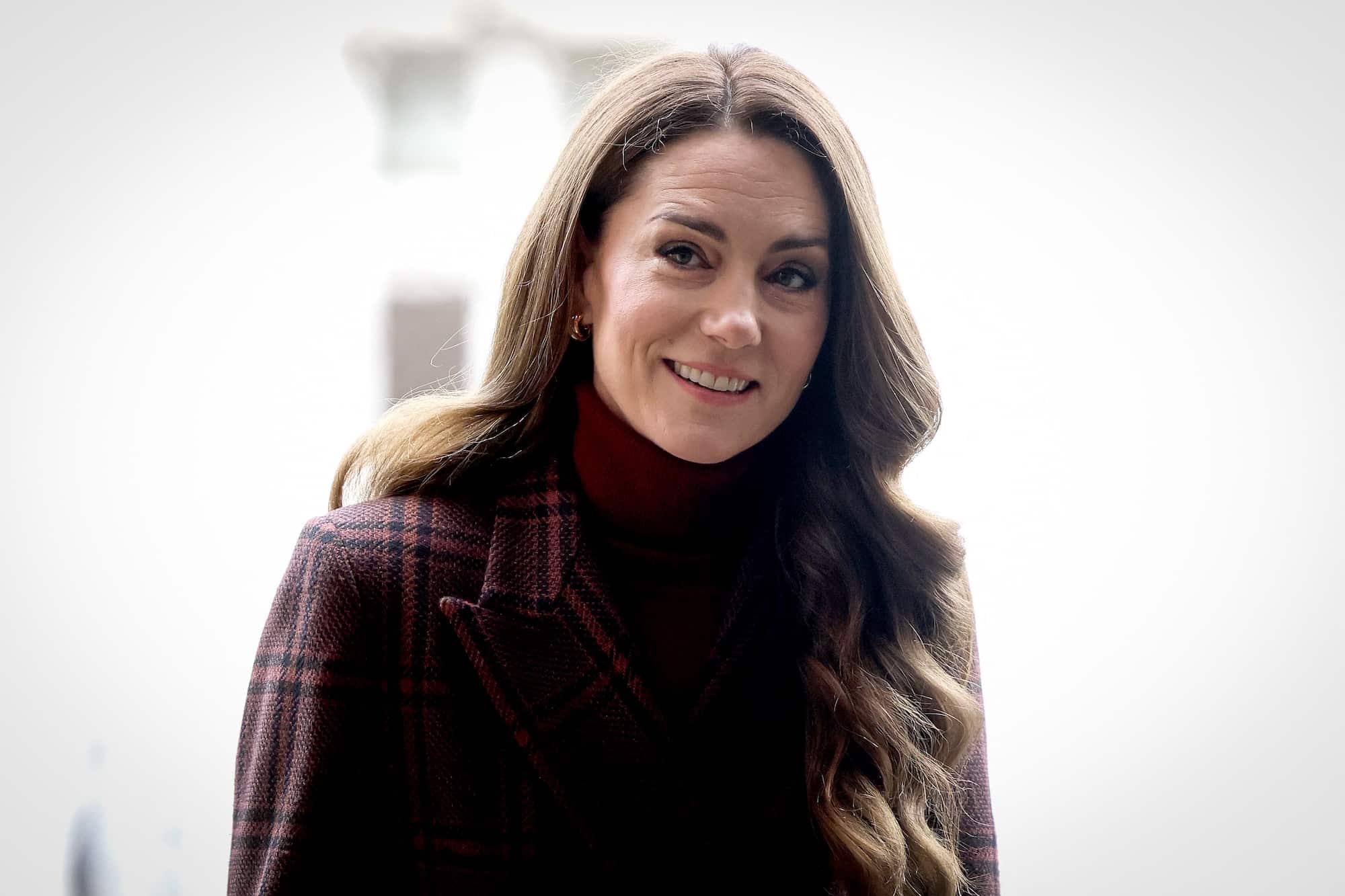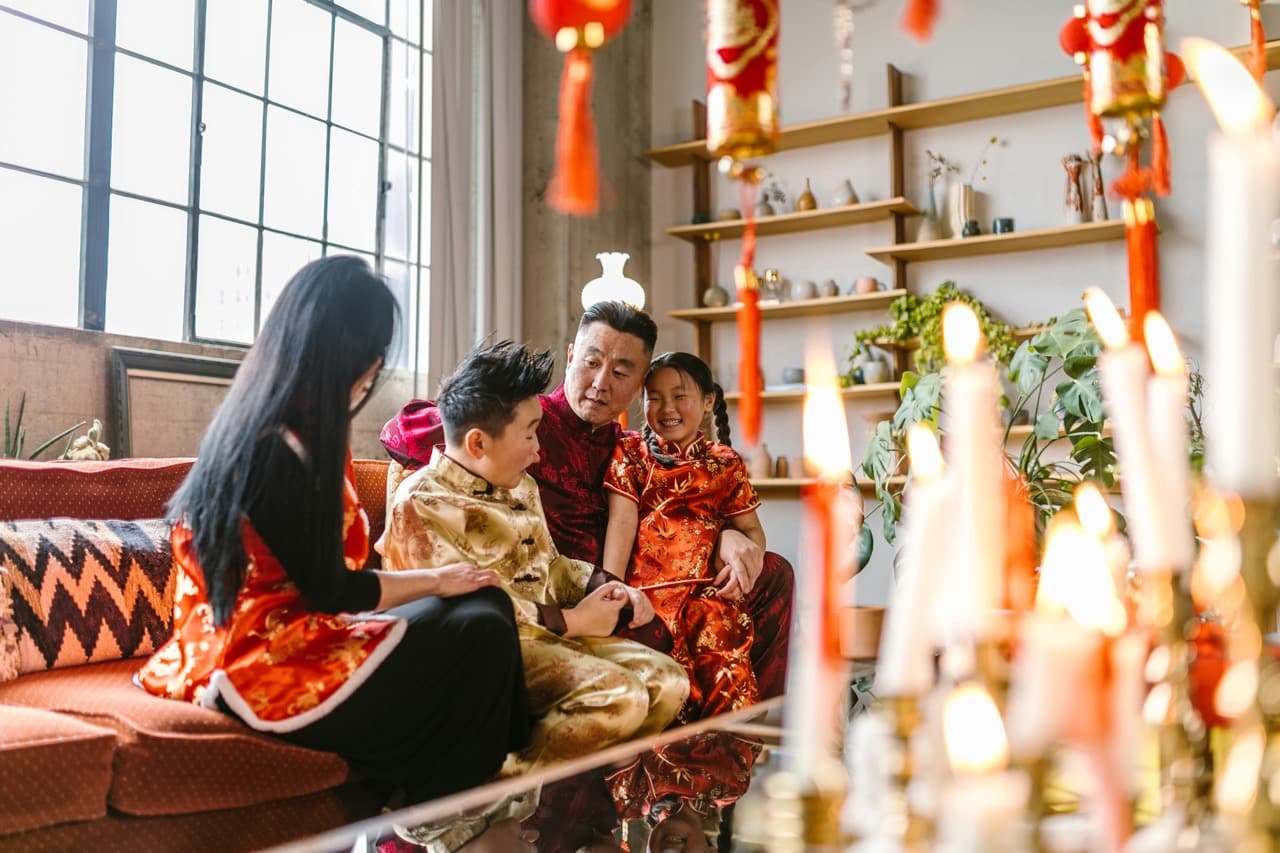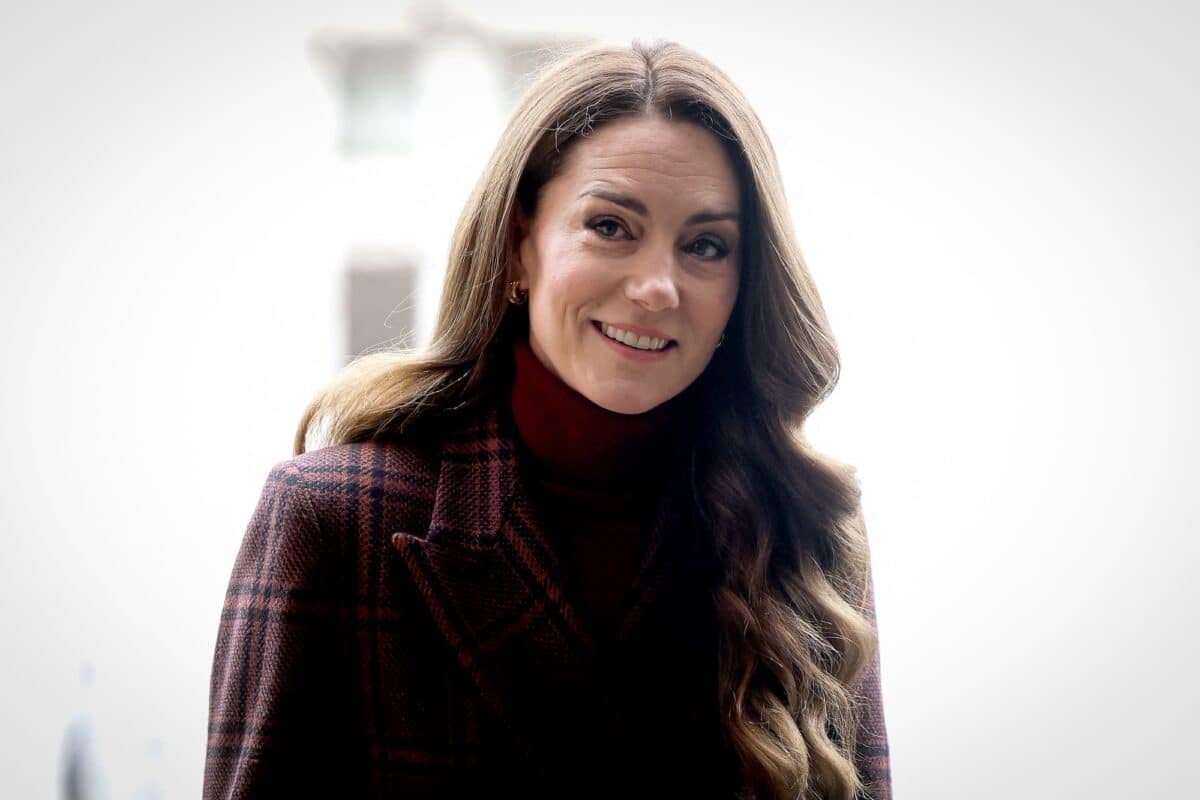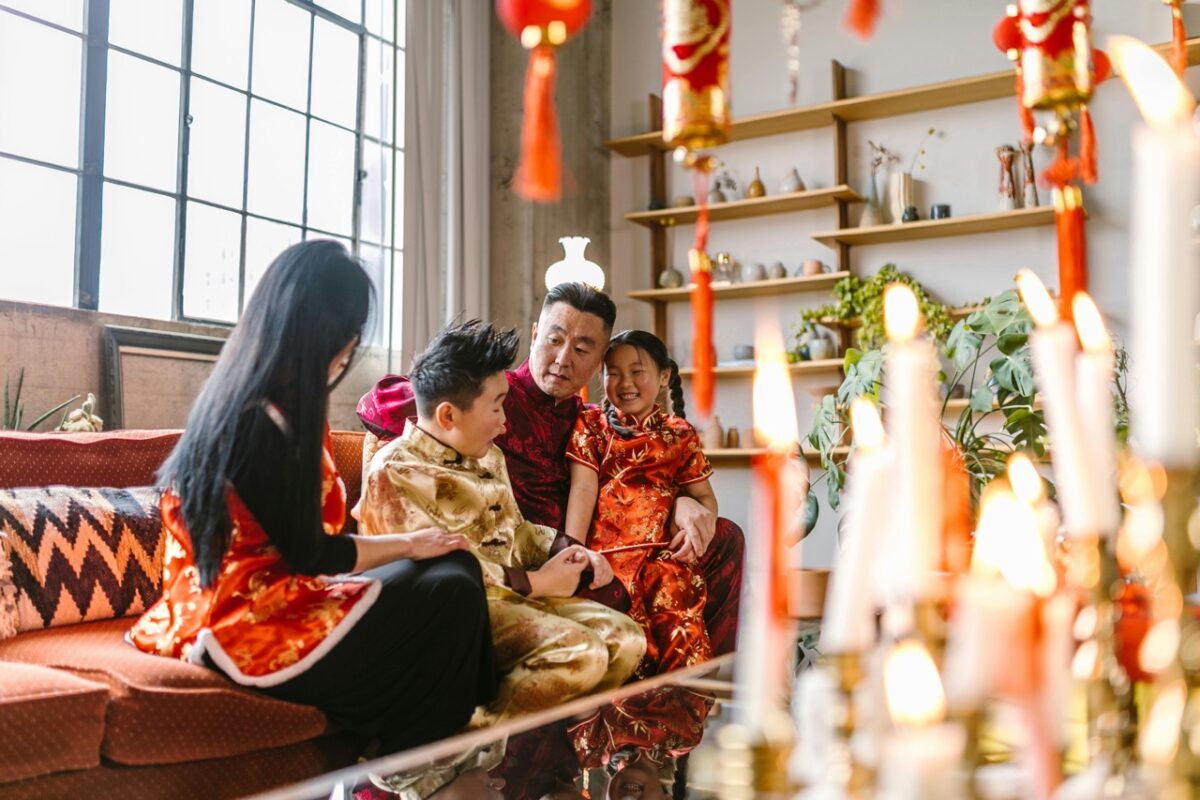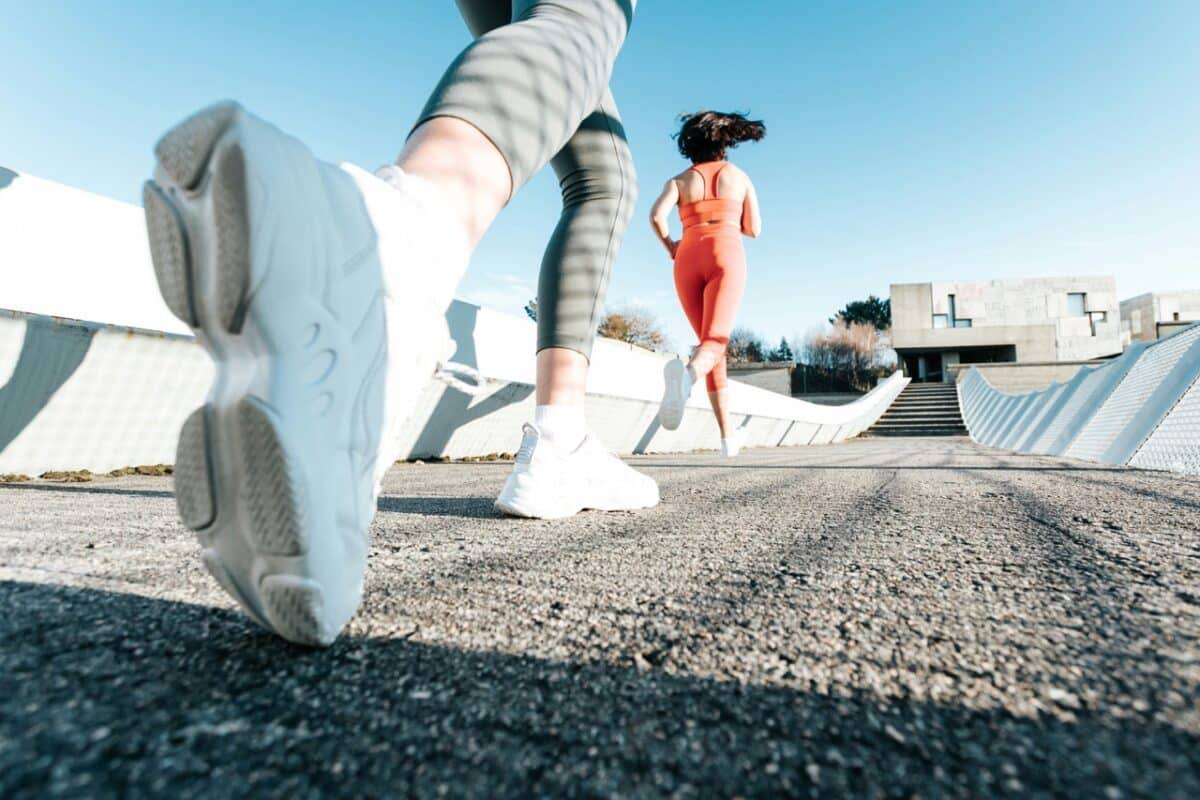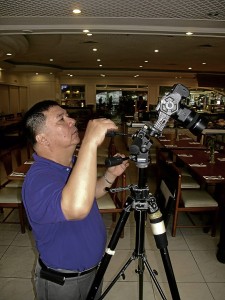
I had the chance to chat with esteemed food photographer Mark Floro after the pictorial he did for me of Saisaki’s Chef Takada. I asked for food photography tips for someone like me, who owns a Canon G-10 point-and-shoot and wishes to use it more skillfully, to visually express the flavors that my palate captures. Here are some of his tips:
Is there a proper way to hold a camera?
Yes, there is a proper way. Hold it steady. Use your hands, get the elbows closer to your body and get your feet and legs firm. Make your stance akin to a tripod.
At what setting are point-and-shoots safest?
Automatic
When should I use macro for food?
There is really a myth about macro. The main objective of a macro lens is to allow you to go very, very close, and when it is, you don’t know what the food is. The best option is to just get a lens that can go close enough, but not to make an extreme close-up of food.
What is the most flattering color to photograph food on—by this I mean color of platter or plate?
There is a debate on this. It is nice to just keep the plate earth-toned, white, or with very little or no design. You don’t want the color of the plate to compete with the color of the food.
If I want to document my meal, where should I sit?
When it’s lunchtime, right next to a window. Evening is a problem, because there is no more light coming through the window. Window lights are the most romantic—they’re free and of the best quality.
What type of food is a food photographer’s nightmare?
Food that is given to me looking ugly, and if my lighting is not working properly.
Is there food that is hard to photograph?
Yes, because of the hard contrast. Like dinuguan, which is black, and the white puto.
What is the easiest?
This is debatable, but for me, rice.
What do you enjoy shooting?
A dish that is beautiful, simply plated, and lit properly.
What captures your eye?
Since I have practically tasted and shot everything, perhaps something new or something I haven’t tasted.
Are you guilty of taking photographs of food that look yummier than they actually taste?
I might not get work if I answer that! Unfortunately, I, too, am a victim to it. This has happened to me—ordering from a fast-food establishment and asking for exactly like what they have in a picture that says a dish has 10 pieces of meat, five slices of tomatoes… Then I am told, sorry, we do not have something like that, because that is only a photo.
How often do the photos you take taste as good as they look?
Seventy to 80 percent
If I had minimal light and did not want to use my point-and-shoot flash because it does not enhance the food, what would you recommend as the best camera setting?
Just pray that you have enough light to shoot with 400 ISO, and if you can shoot 160th of a second, and at F4.
Let’s talk about shooting beverages…
Beverages I can talk about more than food. Shooting them is an art by itself. For instance, beer. In the US, there are known professional beer pourers or stylists who have perfected the art of pouring and dressing your beer for an ad or commercial shoot.
How about something that melts, say, ice cream?
Lighting, camera, setting, everything must be ready. So once you get it, bring it to where you have everything prepared, and shoot. Take no more than 15 seconds; otherwise, it starts to melt.
What’s the essence of food photography?
To capture the tulo-laway characteristic of food. To make my client’s food shine and make your stomach growl. Hopefully, the photo makes you crave for the food. It should bring out positive reactions and emotions on the part of the viewer.
What are your thoughts on photo manipulation?
Try to do as minimal of it as possible. I belong to the old school. I would rather not Photoshop my photos.
What is a good food photograph?
The one that comes out looking closest to the real thing.
What camera do you suggest a budding food photographer should buy?
Canon S100 for point-and-shoot, and the new G1. If we’re talking SLR—Minimum 60D—then I’m presuming the photos are to be used to sell a product, blog, etc., or a stage higher than Facebook. Other accessories needed are an external flash—Canon 430s, and tripod.
Anything else you wish to share?
Photography is light. It is not Photoshop, Lightroom, Aperture, or any other software that manipulates/edits digital images. Light establishes exposure, contrast and color. Observe and analyze the quality and direction of the light source(s). Notice the highlights and shadows. Do not be afraid of shadows.
Know your camera. Identify and recognize each setting. Understand what ISO, aperture and shutter mean. Read the camera’s manual.
If possible, use window light. Turn off the room’s lights as they might/will influence the setup.
Do not use the pop-up flash on your digital camera. It will always produce flat and unflattering food shots. Use an external flash if you can.
When photographing your food item, shoot at different angles. Some foods look better at a higher angle, others at a lower angle. Shoot both horizontally and vertically.
A good steady tripod and a cable release will be your best friends in eliminating camera movement.
If all else fails, please attend my food photography workshop at Philippine Center for Creative Imaging (PCCI, tel. 7593087/ 8925281, www.pcci.com.ph).



